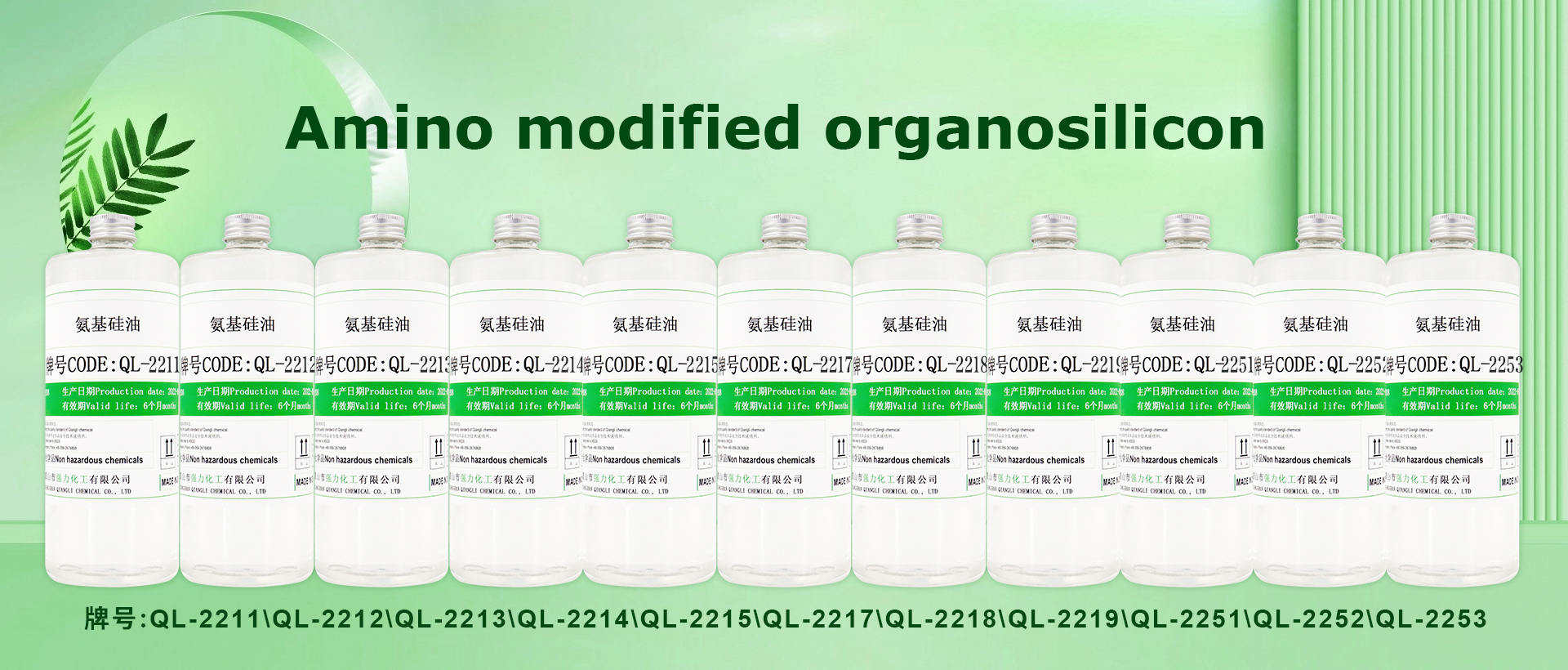To convert between Ammonia Value (AV) and Nitrogen Content, the core lies in establishing a quantitative relationship between "the neutralization capacity of free ammonia (NH₃)" and "the mass of nitrogen element in free ammonia". Before conversion, it is necessary to first clarify the definitions, units, and applicable premises of the two, and then derive the conversion formula based on the chemical equivalent relationship.
Before conversion, it is essential to clarify the measurement objects and units of the two indicators to avoid confusion:
⚠️ Key Premise: This conversion only applies to nitrogen from free ammonia. If the sample contains other nitrogen-containing substances (such as proteins, amides, and other amines), the nitrogen from these substances will not be reflected by the ammonia value. Therefore, the conversion result is not equal to the total nitrogen content, but only the "nitrogen content in free ammonia".
The ammonia value measures the "neutralization capacity" of free ammonia, while the nitrogen content measures the "mass" of nitrogen in free ammonia. The two are linked through the molar relationship of free ammonia (NH₃):
-
In the neutralization reaction: 1 mole of free ammonia (NH₃) ≈ 1 mole of KOH (both are monovalent bases, neutralizing 1 mole of acid);
-
Molar masses: KOH = 56.11 g/mol (K: 39.10, O: 16.00, H: 1.01), N in NH₃ = 14.01 g/mol (only the nitrogen element is calculated).
Let the ammonia value be AV (unit: mg KOH/g), and the "nitrogen content in free ammonia" is to be calculated (for two commonly used units):
-
Formula Meaning: First, convert the ammonia value (AV) to the molar amount of free ammonia, then multiply by the molar mass of N to obtain the mass of N in free ammonia.
Assume the ammonia value of a sample is 20 mg KOH/g, calculate the nitrogen content in its free ammonia:
-
Calculation using the precise formula:
-
Nitrogen Content (mg N/g) = 20 × (14.01 / 56.11) ≈ 20 × 0.2497 ≈ 5.0 mg/g;
-
Nitrogen Content (%) = 5.0 / 10 = 0.5% (or directly calculated as 20 × 0.02497 ≈ 0.5%).
-
Verification using the simplified formula:
-
Nitrogen Content (mg N/g) ≈ 20 × 0.25 = 5.0 mg/g;
-
Nitrogen Content (%) ≈ 20 × 0.025 = 0.5%.
The results are consistent. The simplified formula can meet the needs of most routine estimations, while the precise calculation requires using 14.01/56.11 (≈ 0.2497).
-
Unify the Ammonia Value Unit:
The formula only applies when the ammonia value is in mg KOH/g. If the ammonia value is in "mg HCl/g" (a few scenarios), it should first be converted to "mg KOH/g":
Conversion formula: mg KOH/g = mg HCl/g × (56.11 / 36.46) (molar mass of HCl = 36.46 g/mol).
-
Only Applicable to Nitrogen in Free Ammonia:
The conversion result does not include nitrogen from other nitrogen-containing substances in the sample (such as proteins, amides, secondary amines/tertiary amines), and only reflects the "nitrogen in free ammonia (NH₃)". If the total nitrogen content is required, other methods such as the Kjeldahl method should be used for measurement.
-
Sources of Error:
If the sample contains volatile amines (such as methylamine, ethylamine), their alkalinity will be included in the ammonia value, leading to a higher "nitrogen content" obtained from the conversion (which actually includes nitrogen from amines). Interferences should be eliminated in advance.
-
Confirm the Ammonia Value Unit: Convert the ammonia value to mg KOH/g uniformly (if the unit is different, first convert it based on the acid-base equivalent).
-
Select the Target Unit: Choose "mg N/g" or "%" according to requirements, and substitute into the corresponding formula for calculation.
-
Clarify the Meaning of the Result: Mark the result as "nitrogen content in free ammonia" rather than total nitrogen content.
Through the above method, quantitative conversion between the ammonia value and the nitrogen content in free ammonia can be accurately achieved, which is applicable to quality control scenarios in chemical engineering, food (such as protein hydrolysates), feed, and other fields.

The content of this article is assisted by intelligent technology, and proofread and edited by the dedicated editorial team. If there are any omissions or errors, please feel free to inform us via private message. We will verify and correct it promptly, and jointly maintain the accuracy and value of the information.




